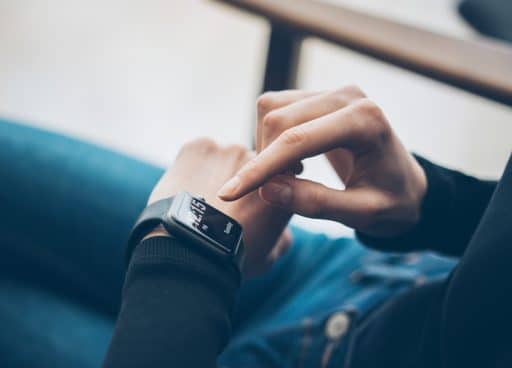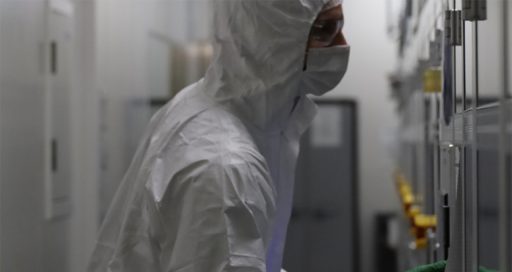
The wearable device started out as a gadget – a pedometer used to count the wearer’s steps and thus track his or her physical activity – and was then expanded to become what amounts to an extension of the wearer’s body. The bracelet became smarter. No longer confined to displaying data for human beings to interpret, it now provides interpretation itself by means of software included with the sensor, and it can autonomously initiate action. An accelerometer, for example, can determine that the wearer has had an accident and call for assistance. In healthcare, the wearable device has become a physician’s assistant providing a wide variety of data enabling the doctor to detect a disease or a deficiency even before the patient begins to feel the first symptoms.







